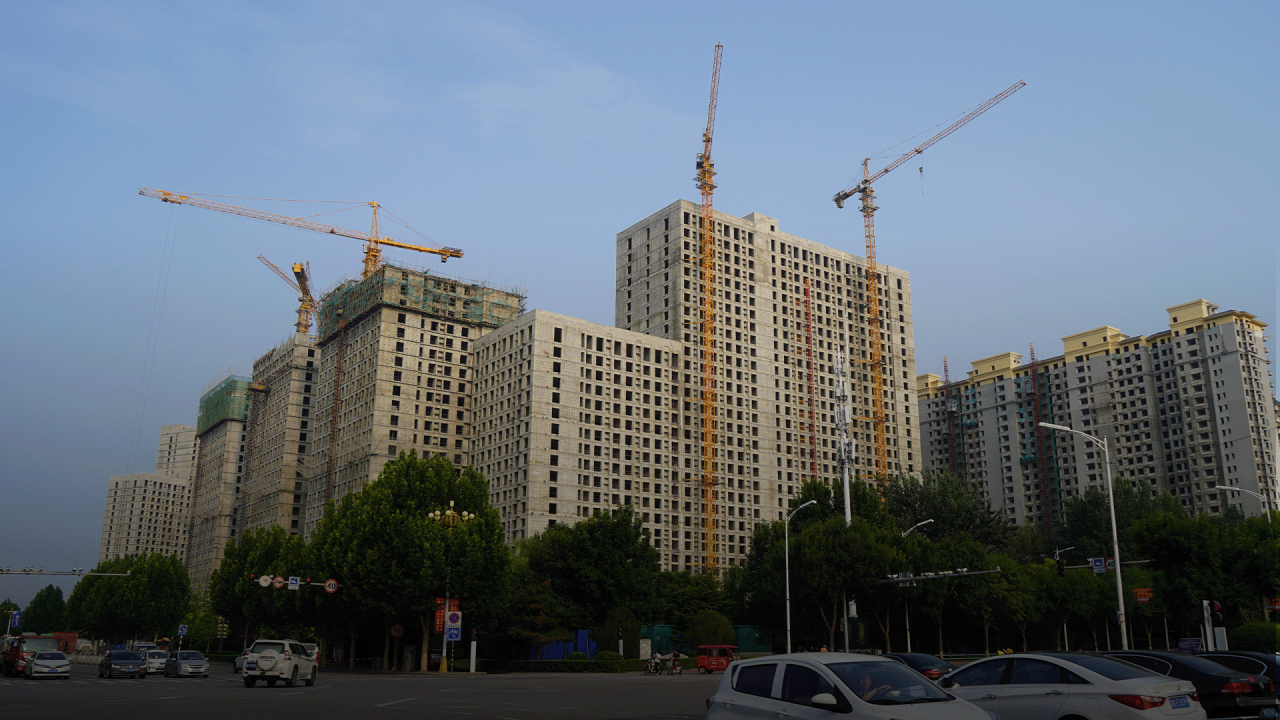
In China, shifting debt burdens onto local governments will prove costly in the end
- China’s old playbook of using off-budget infrastructure spending to boost growth is saddling local governments with unmanageable levels of debt
- Instead of focusing on keeping its own balance sheets clean, the central government could save money and minimise risks by assuming this debt itself
One striking feature of the funding structure is that the more expensive a source is, the larger its share of total financing. So, the general public budget – which costs nothing, from an investors’ point of view – accounts for a small share.

But the fiscal position of China’s central government is much stronger than that of local governments. In fact, the central government has consistently run a budget surplus, which amounted to a comfortable 5.1 per cent of GDP in 2021.
Meanwhile, local governments, taken together, ran a budget deficit of 9.1 per cent of GDP. This basic pattern holds even if one accounts for fiscal transfers to local governments.
The second major impediment to the effective implementation of expansionary fiscal policy in China lies in the inflexibility of local government special-purpose bonds. When they were introduced, SPBs were hailed as a transparent way to fund infrastructure investment. And because they are relatively cheap, at least compared with self-raised funds, local governments embraced them.
But, fearing that local governments would mismanage SPBs, the central government imposed strict regulations on their issuance and use. For starters, local governments cannot issue SPBs directly.
By the time funds are delivered to the relevant local government, however, they might no longer align with project needs, and neither the local government nor the firms responsible for construction can do much about the mismatch. Raising funds from the market to fill the gap is generally not allowed.
China’s age of construction is far from over
China is right to respond to below-target growth with fiscal (and monetary) expansion. But deciding on the direction of policy is only the first step. Leaving aside non-economic hard constraints such as the zero-Covid policy, China must also strengthen implementation, by addressing financing imbalances and constraints.
In particular, the central government should consider financing a larger share of infrastructure investment itself, through the general public budget and the issuance of public bonds, as well as loosening SPB rules.


